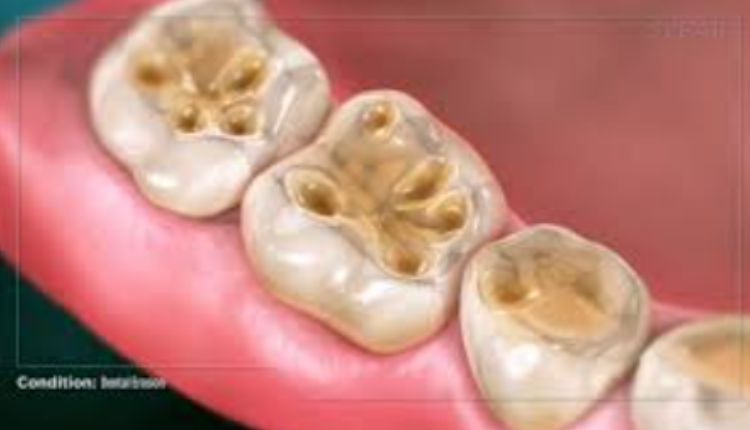Dentistry comes in various approaches, each offering different benefits and methods. Holistic, biologic, and traditional dentistry represent three distinct paths. Holistic dentistry focuses on the whole body, not just the teeth and gums. Biologic dentistry emphasizes using natural materials and methods, like Ceramic Dental Implants in San Juan Capistrano, to align with the body’s biological systems. Traditional dentistry, the most common approach, concentrates on treating dental issues directly, often with synthetic materials.
Understanding these differences provides insight into choosing the best dental care for individual needs. Holistic approaches integrate alternative therapies and preventive care. Biologic methods prioritize reducing toxic exposure and supporting health. Traditional practices rely on time-tested techniques but may use stronger chemicals. As dental needs vary, recognizing these differences can lead to informed decisions. Each approach has its strengths, making it essential to consider personal health goals and preferences when selecting dental care.
Holistic Dentistry
Holistic dentistry, also known as biological dentistry, takes a broader view of oral health. This approach treats dental problems while considering overall wellness. Practitioners often use natural remedies and avoid chemicals where possible. They may employ non-metal fillings and focus on nutrition to support oral health.
Key aspects of holistic dentistry include:
- Use of biocompatible materials
- Emphasis on prevention and whole-body health
- Consideration of diet and lifestyle in dental treatment
According to the National Institute of Dental and Craniofacial Research, oral health is integral to overall health. This aligns with holistic beliefs that the mouth is not separate from the body but part of a complex system.
Biologic Dentistry
Biologic dentistry shares similarities with holistic dentistry but has distinct differences. It emphasizes the use of materials that are compatible with the body’s natural biology. This approach aims to reduce exposure to harmful substances and focuses on treating the root causes of dental issues.
Core principles of biologic dentistry include:
- Prioritizing non-toxic materials and procedures
- Considering the impact of dental treatments on systemic health
- Integrating advanced diagnostics and personalized care
Biologic dentists may use advanced technology to select materials and procedures that minimize systemic effects. They may also focus on the immune response to dental materials, ensuring treatments support overall health.
Traditional Dentistry
Traditional dentistry is the most widely practiced form of dental care. It focuses on diagnosing and treating dental problems using established procedures and materials. This approach is often procedural, addressing specific dental issues as they arise.
Important elements of traditional dentistry include:
- Focus on corrective and preventive treatments
- Use of common materials like amalgam and resin
- Reliance on evidence-based methods
The American Dental Association supports traditional practices, emphasizing the importance of routine care and early intervention. This approach has a strong foundation in research and is continually evolving with new technologies and techniques.
Comparison Table
| Aspect | Holistic Dentistry | Biologic Dentistry | Traditional Dentistry |
| Focus | Whole-body health | Biocompatibility and health | Specific dental issues |
| Materials Used | Natural and non-metal | Non-toxic and biologically compatible | Amalgam, resin, metals |
| Treatment Approach | Alternative therapies | Minimizing systemic impact | Established procedures |
Choosing the Right Approach
Deciding between holistic, biologic, and traditional dentistry involves considering personal health needs and preferences. Holistic dentistry may appeal to those who value natural care and prevention. Biologic dentistry suits individuals concerned with the systemic effects of dental materials. Traditional dentistry is reliable, offering well-established treatments for common dental issues.
When choosing a dental care path, consider these factors:
- Your health goals and priorities
- Your comfort with traditional vs. alternative treatments
- Your concerns about material safety and systemic effects
Consulting with a dental professional who understands your needs can guide you to the best choice. Each approach has its place in promoting oral health, supporting the idea that there is no one-size-fits-all solution in dentistry. By understanding these differences, you can make informed decisions for a healthier smile and body.

